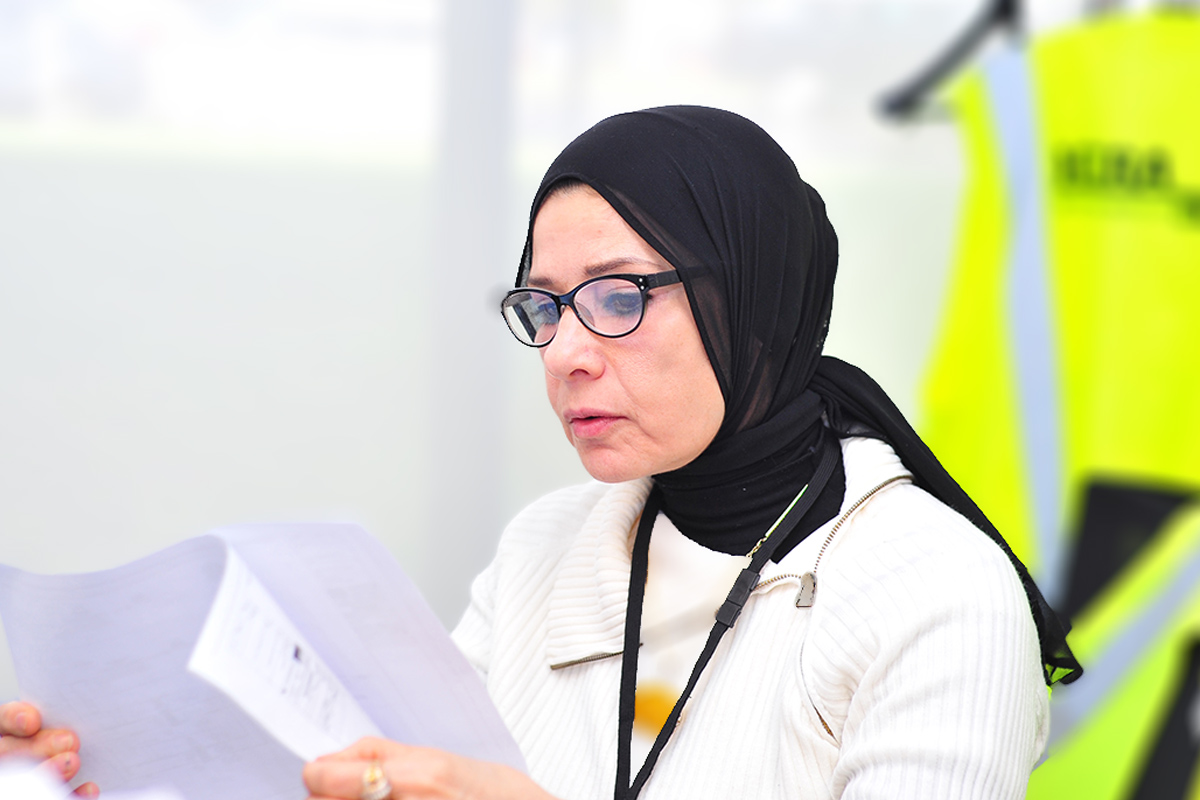Resolving industrial problems through our heat transfer research.

Our AGGAT heat transfer research addresses challenges in heat transfer and identifies solutions for our members to overcome them.
In partnership with the University of Auckland, we’ve now got access to significant computing power which has given us substantial modelling capability to support our analytical work to help our members bring a viable product to market under the AGGAT program.
Allowing us to ‘number crunch’ complex heat transfer models using sophisticated Computational Fluid Dynamic (CFD) techniques in ANSYS CFX, we’re currently investigating the impact of heat source temperature on heat transfer wall temperature in a localised environment. This is based on the issue of direct heat transfer between refrigerant and high temperature exhaust gas from a gas engine.
Going beyond the critical fluid temperature could potentially initiate the fluid decomposition process hence avoiding that temperature limit is of much technical and practical interest. This information gives confidence to the involved member company on the use of R245fa in the ORC process.
The refrigerant in question – R245fa
Through comprehensive analytical studies and CFD modelling work, we’ve generated a working model to simulate the effect of exhaust gas temperature on localised wall temperature and establish operating conditions to prevent binary fluid decomposition, with exhaust gas temperature ranging between 350 – 450°C.
By adding ambient air flow to the exhaust gas, the exhaust gas temperature can be controlled which will in turn reduce the wall temperature to below the decomposition temperature limit of 200°C (shown through tube simulation results on the right).
It’s exciting times for us, and preliminary results have been very promising. It is anticipated this could be installed as a potential heat exchanger solution in the next ORC plant based on waste heat resource. This would translate into an improved heat exchanger application for our member company.
If you’re a member, and would like more information about how you can get involved, or how we can help, please contact our Senior Research Engineer Dr Boaz Habib.
